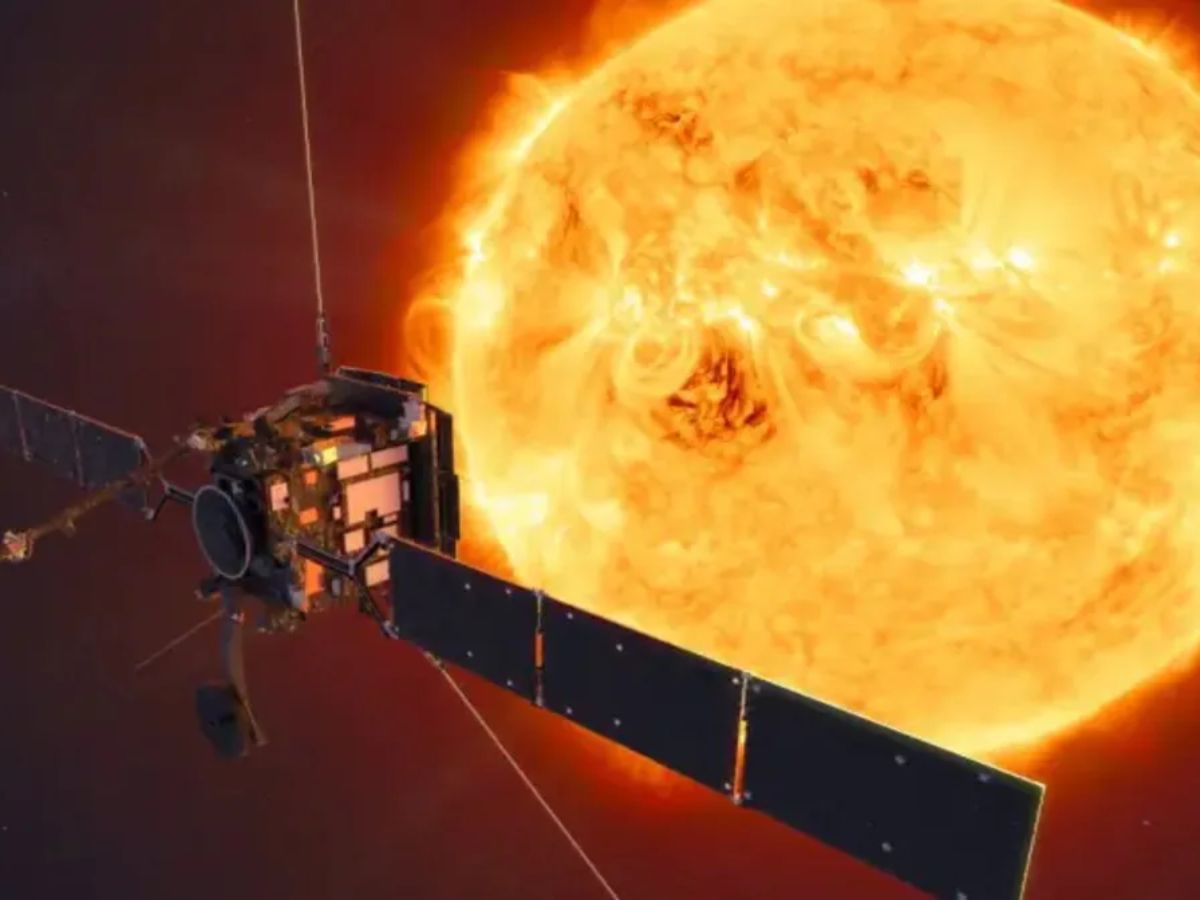Aditya L1 Mission: A Closer Look at the Sun
The Aditya L1 mission is India's first dedicated scientific mission to study the Sun.

New Delhi: The Sun, our nearest star, has always fascinated humankind. It provides us with light, warmth, and the energy necessary for life on Earth. However, despite its proximity, there is still much to learn about this celestial body. To unravel the mysteries of the Sun, the Indian Space Research Organisation (ISRO) has launched the Aditya L1 mission.
Unveiling the Aditya L1 Mission
The Aditya L1 mission is India's first dedicated scientific mission to study the Sun. Named after the Sanskrit word for "sun," this ambitious project aims to explore various aspects of our star, including its magnetic field, solar storms, and the corona, which is the outermost layer of the Sun's atmosphere.
Objectives of the Mission
The Aditya L1 mission has several key objectives:
Understanding the Solar Corona: The mission will focus on observing the solar corona, a region of intense heat and plasma, extending millions of kilometers into space. By studying the corona, scientists hope to gain insights into its dynamics, temperature, and composition.
Investigating the Solar Wind: Aditya L1 will also study the solar wind, a stream of charged particles flowing outward from the Sun. Understanding the solar wind is crucial for predicting space weather and its impact on Earth's magnetosphere.
Analyzing Solar Magnetic Fields: The mission will measure the Sun's magnetic field and its variations over time. This data will help scientists understand the mechanisms behind the Sun's magnetic activity, such as sunspots and solar flares.
Exploring Solar Eclipses: Aditya L1 will enable close monitoring of solar eclipses, providing valuable data about the Sun's outer atmosphere and allowing researchers to better understand its behavior during these rare celestial events.
Read Also : DVC Signs Power Purchase Agreements with GUVNLInstruments on Board
To achieve its scientific objectives, the Aditya L1 mission will carry a suite of advanced instruments:
Visible Emission Line Coronagraph (VELC): VELC will capture images of the Sun's corona in the visible range of the electromagnetic spectrum. It will observe the corona at different heights and wavelengths, enabling detailed analysis of its structure and dynamics.
Solar Ultraviolet Imaging Telescope (SUIT): SUIT will observe the Sun's ultraviolet emissions, which are essential for studying the corona and the transition region between the corona and the Sun's surface.
Aditya Solar Wind Particle Experiment (ASPEX): ASPEX will analyze the solar wind's composition and energy distribution, providing information about the particles' origin and acceleration mechanisms.
Read Also : GPS Renewables signs pact with Oil India to Launch Compressed Biogas Plants in IndiaInternational Collaborations
The Aditya L1 mission has also paved the way for international collaborations. ISRO has partnered with various international space agencies, including NASA, to enhance scientific cooperation and share resources and expertise. Such collaborations will ensure a broader scope of research and a better understanding of the Sun's complexities.
Potential Benefits and Impact
The Aditya L1 mission holds immense potential for scientific discovery and practical applications. By unlocking the mysteries of the Sun, scientists can:
Predict Space Weather: Understanding the Sun's behavior will enable accurate predictions of space weather events, such as solar flares and coronal mass ejections, which can have a significant impact on satellite communications, power grids, and other technological systems on Earth.
Improve Climate Models: The data collected by Aditya L1 will contribute to more accurate climate models. Solar activity affects our planet's climate, and knowing how the Sun's variations influence Earth's atmosphere will enhance our understanding of global climate change.
Advance Space Exploration: The knowledge gained from studying the Sun will benefit future space exploration missions. Understanding the effects of solar radiation and the solar wind will help protect astronauts and spacecraft during long-duration missions to other planets and beyond.
Conclusion
The Aditya L1 mission represents a significant leap forward in the study of our closest star. By delving into the intricacies of the Sun's atmosphere and magnetic field, scientists hope to unravel its mysteries and gain a deeper understanding of our solar system. This mission not only contributes to scientific knowledge but also holds the potential to improve our daily lives by enabling better space weather predictions and enhancing our understanding of climate change.
Read Also : IRCTC signs agreement with External Ministry to operate Bharat Gaurav Tourist TrainNews Must Read
- DVC Signs Power Purchase Agreements with GUVNL
- JGU and IIT Madras to Develop High-Tech Robot Guide for Constitution Museum
- BPCL Shines at 18th Global Communication Conclave, Wins Multiple Awards
- EIL Achieves Milestone: 5 Catofin Reactors Erected at GAIL USAR PDH-PP
- NTPC-ONGC GE JV likely to be highest bidder for $650mn project of Ayana Renewable
- REC Subsidiary handed over SPV to Tata Power
- BHEL wins 2x800 MW Koderma Thermal Power Project Phase II EPC contract from DVC
- GAIL signs 10 year agreement with ADNOC Gas
- Hindustan Aeronautics Q2 Results: Net profit increases by 22%, revenue jumps 6%
- NBCC Q2 results, Net Profit rises 53% to Rs 122 Crore